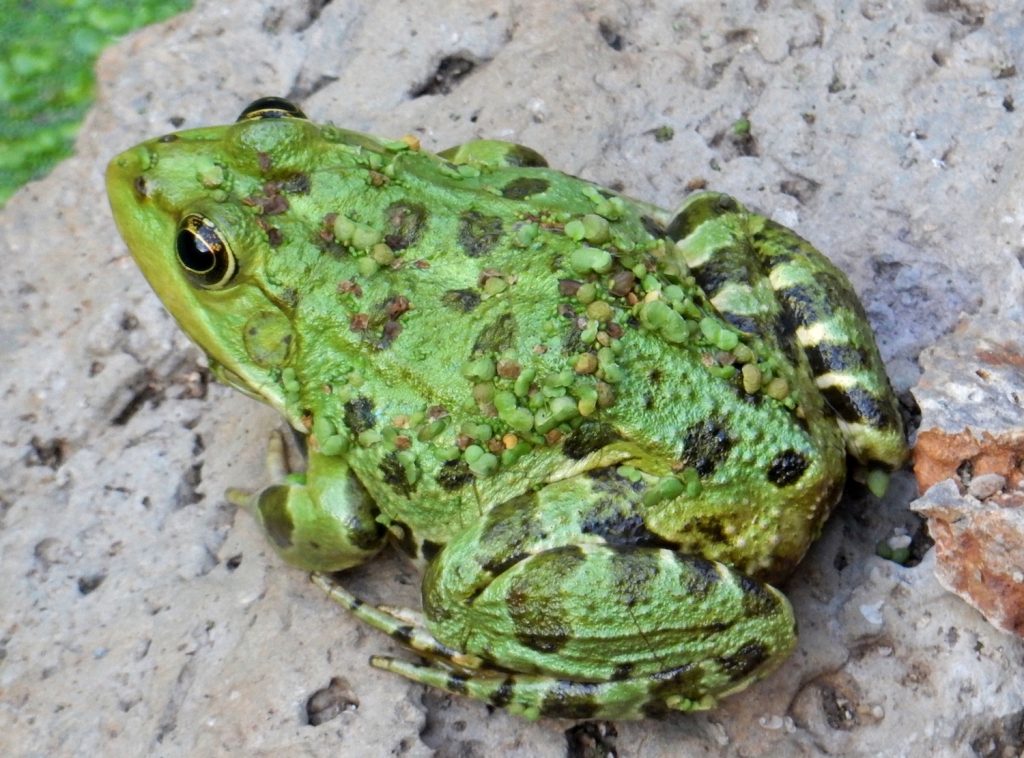What can you find in the database?
- Detailed data on species sightings in Israel: The database includes information on scientific and Hebrew names, photos, locations, dates and times of sightings, and additional data (e.g., number of individuals, habitat description, audio files).
- Interactive maps displaying species distributions: Explore which species have been observed in different areas of Israel, zooming in on specific regions and filtering results by species, allowing for detailed geographic analysis.
- Advanced search tools: Search by scientific or Hebrew names, taxonomic groups, geographic locations, dates, data providers, and more to retrieve relevant data.
- Data download options: Download data in compliance with nature conservation guidelines, with measures in place to protect sensitive species.
This database is open to everyone, from scientists and researchers to students, nature enthusiasts, and the general public. It supports research, education, environmental planning, policy advocacy, and more.
Types of Information in the Database and Data Viewing
The database consolidates and presents all the data collected through various citizen science platforms associated with the Israel Center for Citizen Science, including iNaturalist, eBird, and BioCollect, as well as other participating projects. Each observation includes details about the data provider and, when relevant, references to conservation measures or species sensitivity status.
The database features a spatial portal for data visualization, integrating three core data types: species, regions, and thematic layers. This portal is designed to offer robust imaging and analysis tools for studying biological diversity in Israel.
Species Data: Visualize data for a specific species, group of species, or higher taxonomic level (e.g., genus, family) on a mapped layer.
Area Data: Users can define specific geographic areas to focus their searches on.
Landscape Layers: Environmental data layers (e.g., soil types, temperature variations, protected regions, and land uses) can be overlaid on the map to provide contextual information, similar to the functionalities found in geographic information systems (GIS).
The integration of these three types of data facilitates a comprehensive and nuanced examination of biological diversity in Israel, applicable at both the species-specific level and the geographical scale. Advanced visualization and analysis tools empower users to uncover unique insights into species distribution, identify risk factors, explore relationships between species and their environments, and much more.
Data Quality
All the data in the database meet the international standards for sharing biodiversity information (for more details, see the data management guide for scientists in citizen science). To ensure that the data is reliable and useful for research, significant efforts are made to maintain its quality. For instance, when uploading records to the database, the spatial data associated with observations—such as the coordinates—are verified to prevent any confusion between latitude and longitude lines. Additionally, the species names are cross-referenced with the taxonomic tree integrated into the system, and the completeness of each record is assessed. These details can be edited and corrected, and users are provided access to the complete change history for transparency.
